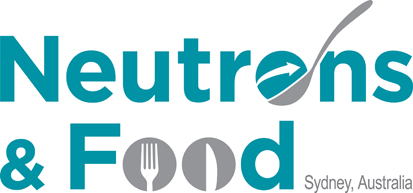Speaker
Description
Australian Nuclear Science and Technology Organization (ANSTO) for more than ten years successfully operates first Small Angle Neutron Scattering instrument QUOKKA [1] and in January of year 2016 commenced user operation of the second SANS instrument, BILBY [2]. The inspiration for BILBY is the D33 instrument located at the Institut Laue-Langevin [3]. Similar to D33, BILBY exploits neutron time-of-flight to extend the measurable Q-range, over and above what is possible on a conventional reactor-based monochromatic SANS instrument.
BILBY has been designed to operate in two different modes: monochromatic and time-of-flight (ToF) mode, where four choppers are used to create neutron pulses. The latter gives a wide range of choice in relation to the wavelength resolution (from ~3% ‒ 30%, depending on the chopper setup and on the sample-detector distance). Two arrays of position sensitive detectors in combination with utilizing of wide wavelength range (from ~2Å to ~20Å) provide capability to collect scattering data of wide angular range without changing experimental set-up (the most common settings used by now allow simultaneous data collection in the range between 1·10-3Å-1 and 0.6Å-1, with the highest accessible angle ~1.8Å-1).
The question is how the advanced design features can be applied to the real world of complex systems, like food. In short, having large Q-range available in one go, open up a possibility to study complex system, like a food-related gels, micelles, hierarchical features at the large scale of sizes without changing the instrument set-up. An option to tune the resolution allows one to resolve structural features very close in dimensions so the majority of the existing SANS machine cannot distinguish them. Or, in contrary, for the samples lacking defined structural features, relaxing resolution allows to increase neutron flux decreasing time of the data collection.
Also, additionally to having an instrument flexible in set-up by itself, there is a range of sample environment devices available for users. It provides, for example, a possibility to change the temperature of a sample, or apply the shear in-situ, or mix a complex system’ component in the beam collecting data simultaneously, which is priceless for study food related samples.
BILBY is the new instrument which is servicing users for under three years, but already has a portfolio which demonstrates the benefits of features briefly describes above.

